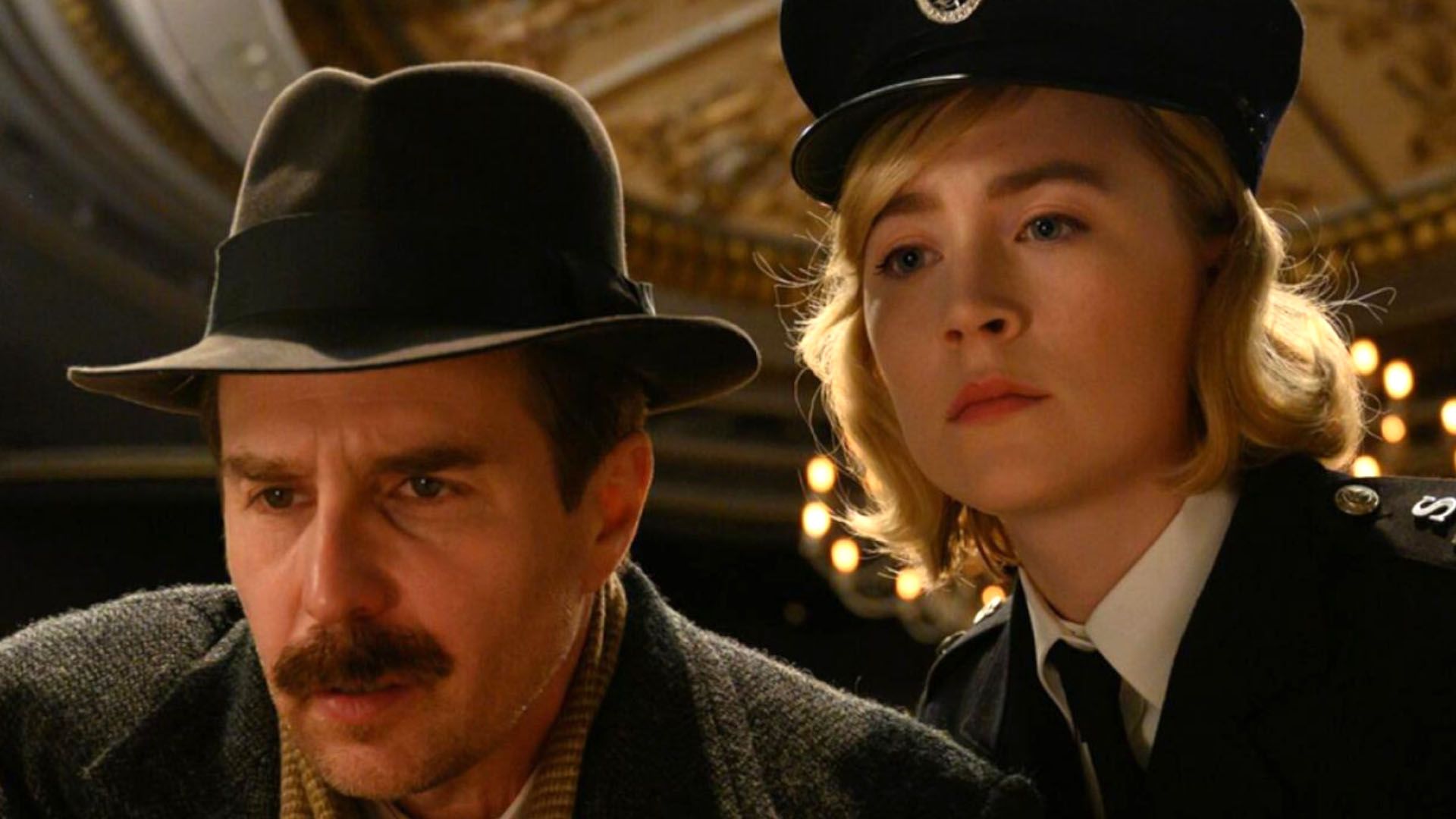
'See How They Run' Review
 Riding the popularity of recent murder mystery films such as “Knives Out” (and the upcoming sequel), the “Murder on the Orient Express” and “Death on the Nile” remakes, and the generically titled “Murder Mystery”, comes a more tongue-in-cheek approach to the whodunit genre.
Riding the popularity of recent murder mystery films such as “Knives Out” (and the upcoming sequel), the “Murder on the Orient Express” and “Death on the Nile” remakes, and the generically titled “Murder Mystery”, comes a more tongue-in-cheek approach to the whodunit genre.
Agatha Christie’s play “The Mousetrap” has been performed continuously in London’s West End (with the exception of the first year of the COVID pandemic) since 1952. “See How They Run” is set in the winter of ’53. A murder takes place at the afterparty of “The Mousetrap”’s 100th performance. The victim is film director Leo Kopernick (played by Adrien Brody). He also narrates the opening section of the movie — building up to and describing his demise. The dead narrator device never seems to bring a story to life.
On the case are Inspector Stoppard (Sam Rockwell, with an inconsistent British accent) and Constable Stalker (Saoirse Ronan), who calls Stoppard “Sir” more times than Marcie does with Peppermint Patty. It’s extremely annoying. They tool around town in a tiny, way-too-quirky blue car looking for the killer.
“See How They Run” should be titled: “Tries Way Too Hard”. Mark Chappell’s screenplay is full of characters delivering cutesy dialogue. They then acknowledge and comment on the intended “clever” quips. Inspector Stoppard’s hobby is making jigsaw puzzles. Agatha Christie herself has a legitimate presence is this menagerie. The entire vibe screams “wannabe”. It wants to be fun spin on a legitimate whodunnit, begging the audience to care. Good luck with that.
Tom George’s direction and Jamie D. Ramsay’s cinematography are out of the Wes Anderson School of Filmmaking. While that’s not necessarily a bad thing (in the right hands), this artsy approach turns “See How They Run” into an obvious but unwanted cousin to “The Grand Budapest Hotel” and “The French Dispatch”.
There’s also generous use of split screens and flashbacks. At one point Brody’s Kopernick acknowledges he doesn’t like flashbacks because they slow momentum. In this case he’s right. They bring whatever flow that may be developing to a screeching halt. When we eventually get to the final act, it all feels so surprisingly plain.
The real mystery with “See How They Run” is — why did it get made?


